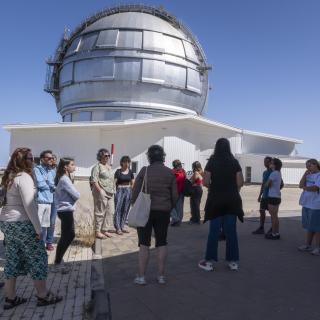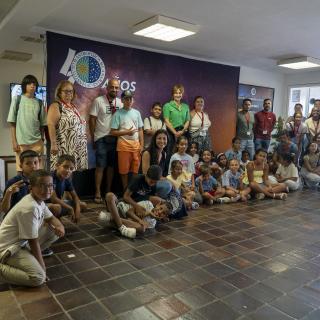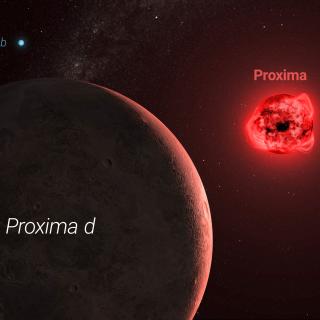
El Observatorio del Roque de los Muchachos (ORM) celebró el jueves 14 de agosto su tradicional Jornada de Puertas Abiertas dirigida a los vecinos y las vecinas de la Villa de Garafía, en La Palma, alcanzando su 40ª edición. Esta iniciativa, que se desarrolla desde los primeros años de funcionamiento del Observatorio, forma parte de la programación de las Fiestas Patronales del municipio palmero. El evento fortalece los vínculos entre la comunidad local y el personal científico, técnico y laboral que trabaja en las instalaciones. Adicionalmente, el IAC participó en las fiestas del municipio
Advertised on




